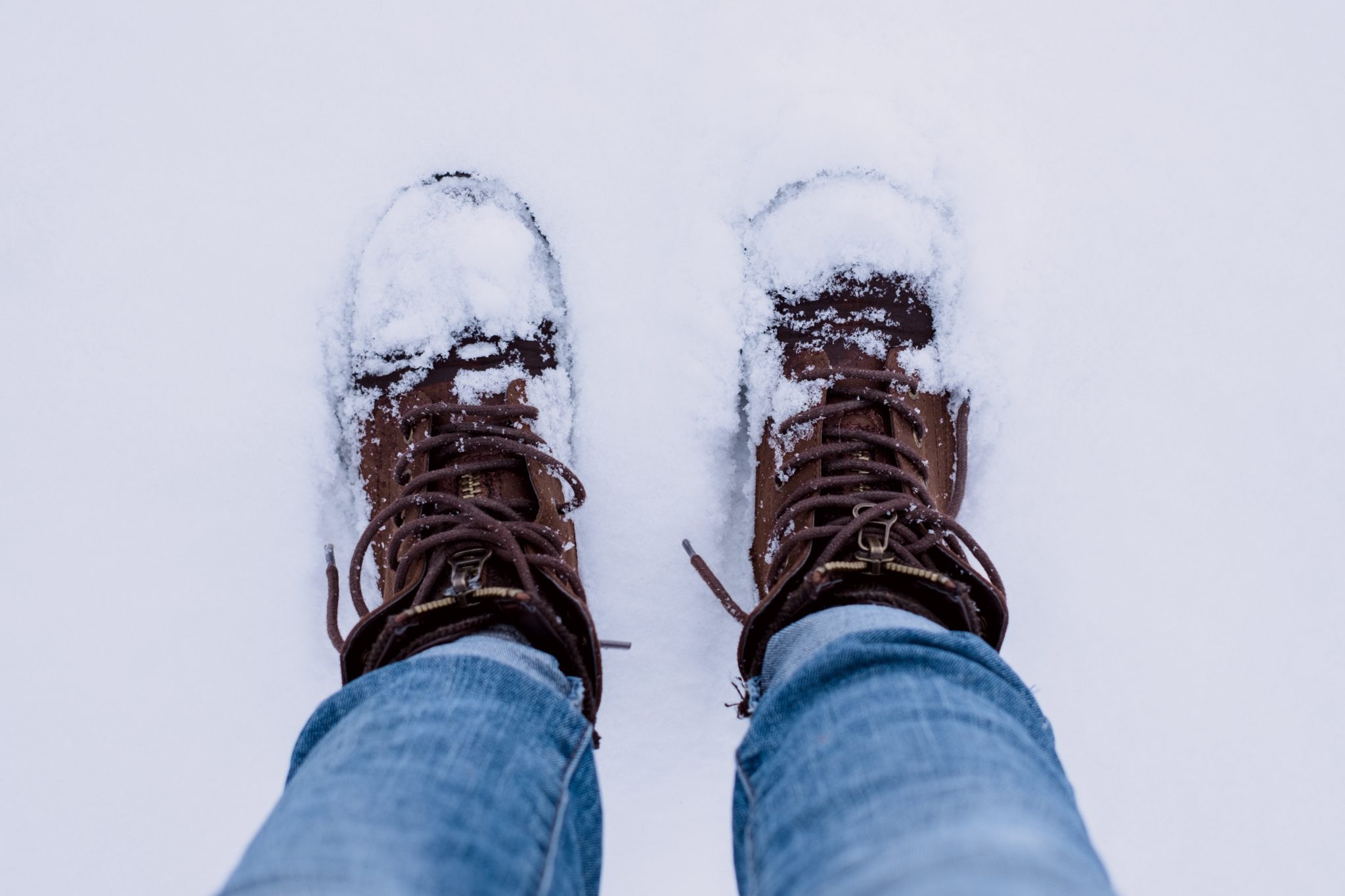It’s the dead of winter in Canada, and for some of us, the thought of dealing with the cold, harsh, snowy conditions is enough to keep us inside as much as possible. For many of course, this isn’t possible — braving the icy roads, driveways and sidewalks is a necessary evil of winter. And there are even some Canadians who take pleasure in cavorting in the snow and chilly winds.
Whatever your reason to be outside in the winter months, taking the necessary precautions to avoid a disastrous slip and fall isn’t something to turn a cold shoulder to.
Ontario’s Minimum Maintenance Standards have made it more difficult in the past year to hold municipalities responsible for snow or ice-related claims and there continues to be a strict 10-day notice period and a high standard of gross negligence to sue for ice on a city sidewalk. There is even a move afoot, Bill 118, that would severely limit the time a slip and fall victim has to give written notice against an occupier of premises (private or commercial property). If the bill is passed, an injured party would have only 10 days to give notice, in addition to the two year limitation period to sue that has always been in effect.
An occupier of premises—the party responsible for outdoor winter maintenance of a home or business—has a duty to maintain the property in a safe condition for anyone who walks onto or into the premises. In the winter months, this means taking reasonable measures to keep snow & ice cleared to prevent slip and falls.
So with all this in mind, it’s imperative to take matters into your own hands (and mittens… and boots), and take reasonable care for your own safety—which is expected by the law in a slip and fall situation. If you hit the pavement walking up a snowy driveway while wearing flip flops, your slip and fall case is on very tenuous ground, to say the least.
Accordingly, during the slippery snowy months, Ontarians should take heed of these 6 tips for avoiding winter slip-and-falls:
1. Appropriate Footwear
Running shoes or high heels might be more comfortable or stylish, respectively, but they don’t have proper tread for traction on slippery conditions. Get a grip: wear winter boots. Ideally, a rubber or neoprene composite sole provides the best traction.
2. Watch Your Step
Using caution when walking on wintery walkways seems to go without saying, but it’s easy to forget. Follow these walking tips on a slippery surface:
- Slow and careful
- Shorten your stride
- Bend slightly forward and walk flat-footed
3. Shine A Light
In dark conditions that are not well-lit, it’s imperative to shine a light on the situation, to get a better handle on the walkway conditions. Exercise extreme caution in unlit areas.
4. Keep Your Balance
Try to avoid carrying many items, or heavy items. These can affect your balance, and on a slippery surface, can lead to disastrous results. Using a backpack can help even out the load, and free up your hands for balance.
5. Vehicle Entry & Exit
Remember, when getting into or out of a car, you’re momentarily shifting all of your weight onto one foot. On an icy or snowy driveway, this can be a slippery situation. Bracing yourself with the car roof or door can help maintain your balance.
6. Slippery Entrance
Once inside, you’re not out of the woods yet. In winter, slick surfaces just inside a building are often a hazard, from previous wet boots in the entryway. Maintain care here as well.
If you or a loved one have suffered a serious slip and fall injury, you need to seek the advice of a personal injury lawyer as soon as possible. Identification of the circumstances is always easier soon after the accident.
Horowitz Injury Law has been a leading slip and fall practice for almost 35 years. Call today for a free consultation. 416-925-4100.




